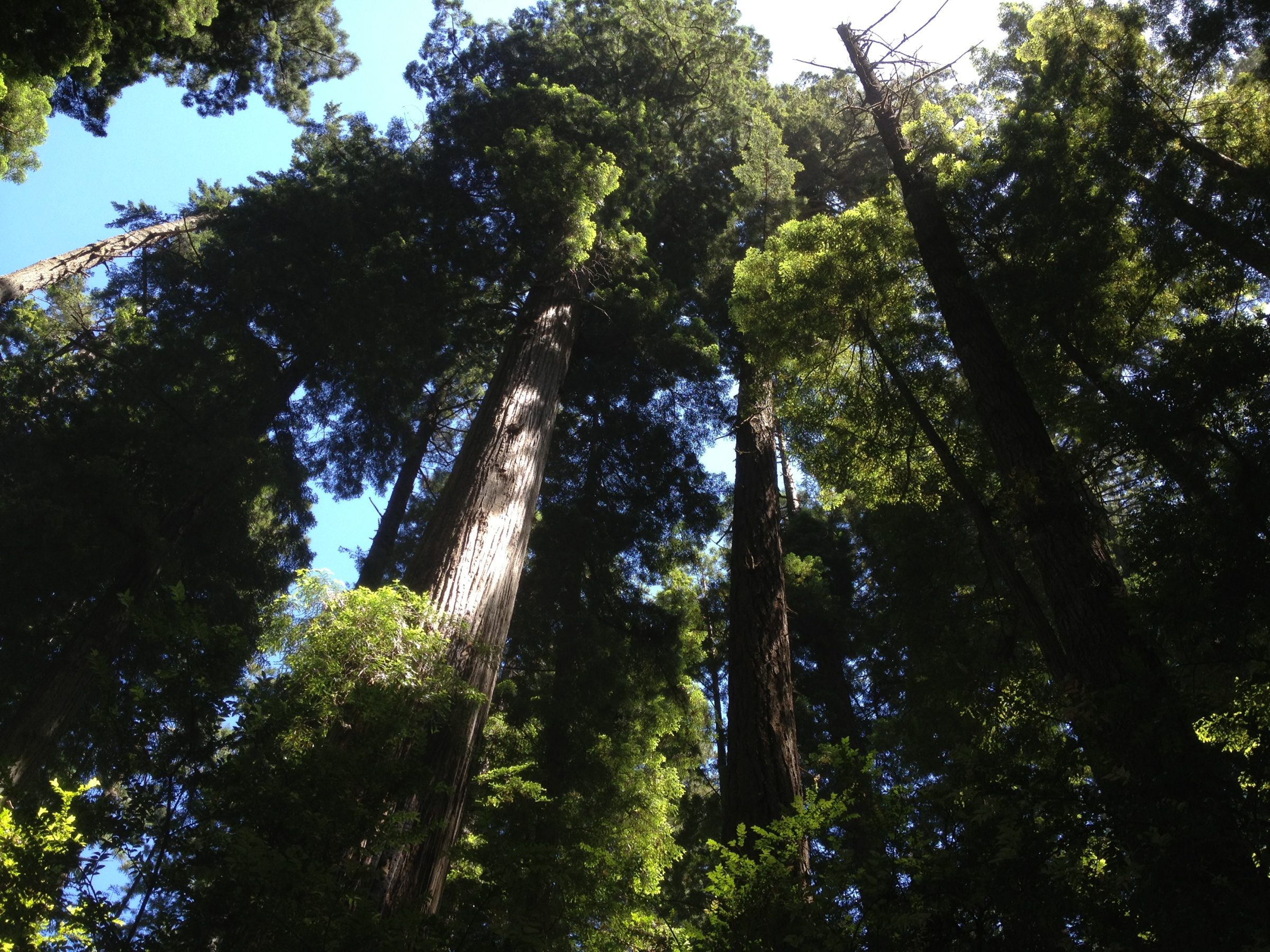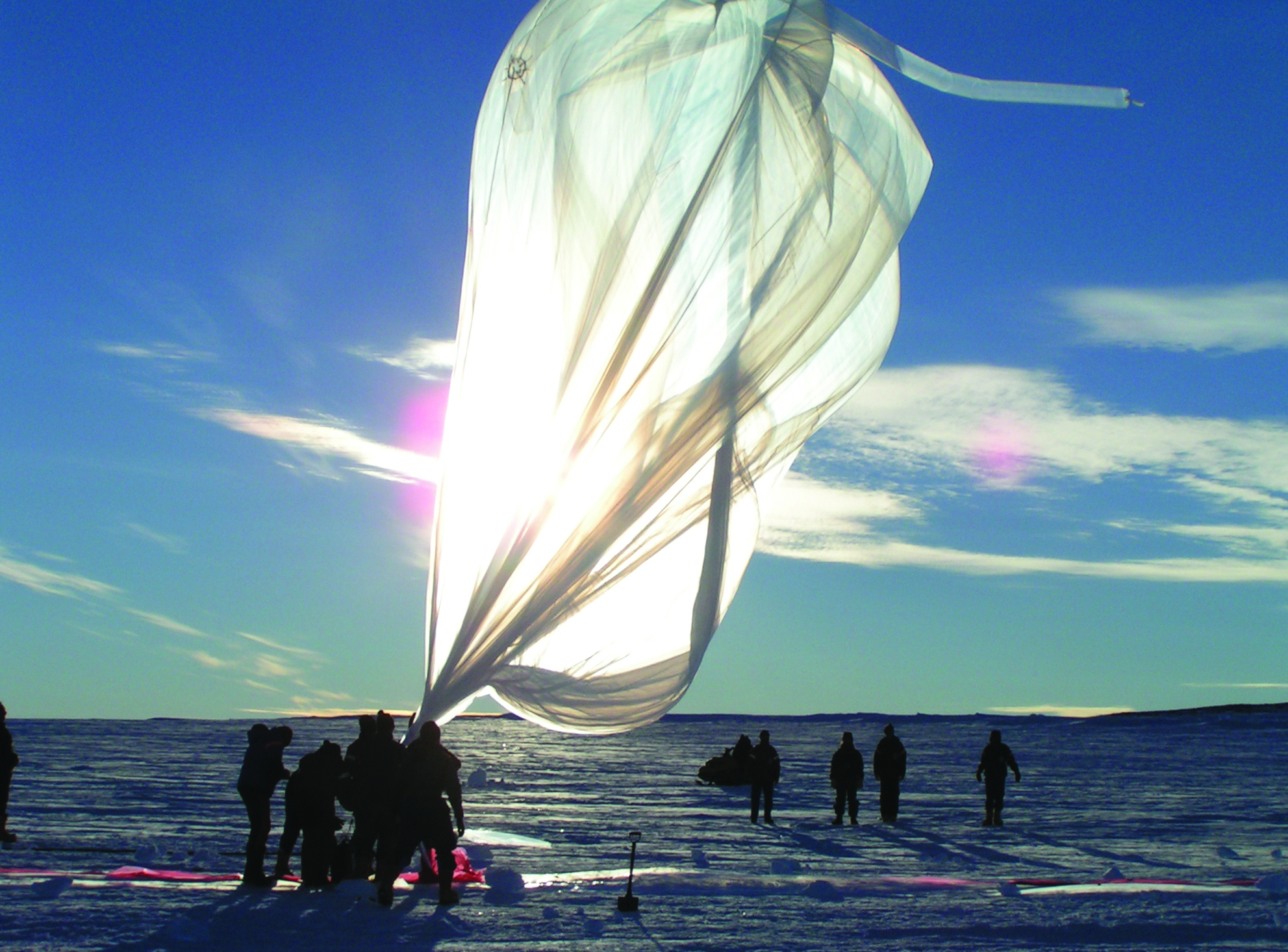During spring break the last five years, a University of Washington class has headed to the Nevada desert to launch rockets and learn more about the science and engineering involved. Sometimes, the launch would fail and a rocket smacked hard into the ground. This year, the session included launches from a balloon that were deliberately directed into a dry lakebed. Far from being failures, these were early tests of a concept that in the future could be used to collect and return samples from forbidding environments – an erupting volcano, a melting nuclear reactor or even an asteroid in space.
Read more »Redwood trees reveal history of West Coast rain, fog, ocean conditions
Many people use tree ring records to see into the past. But redwoods – the iconic trees that are the world’s tallest living things – have so far proven too erratic in their growth patterns to help with reconstructing historic climate. A University of Washington researcher has developed a way to use the trees as a window into coastal conditions, using oxygen and carbon atoms in the wood to detect fog and rainfall in previous seasons.
Read more »Study: Quake-triggered landslides a significant hazard in Seattle
The next big earthquake on the Seattle fault could trigger destructive landslides in the city, potentially affecting a much larger area than previously thought, and in areas outside those currently considered to be landslide prone, a new University of Washington-led study shows. “A major quake along the Seattle fault is among the worst-case scenarios for the area, since the fault runs just south of downtown.”
Read more »Global ocean currents explain why Northern Hemisphere is the soggier one
In a recent paper published in Nature Geoscience, College of the Environment researchers discuss why the northern hemisphere of our planet experiences more rainfall than the southern hemisphere. The story involves ocean circulation, the Earth’s poles, warmer climates – and how they all connect to influence rainfall patterns. Read more in UW Today.
Read more »Letter from the Dean
The state of the planet has been in the news with the release of the 2013 United Nations Intergovernmental Panel on Climate Change assessment report. Not surprisingly, a key finding is that our planet’s frozen landscapes and seascapes face an uncertain future. This is an issue of global concern because the glaciers and sea ice at high latitudes are not only crucial sources of fresh water, habitats for unique species, and home to many diverse cultures, but also play a key role in the climate system.
Read more »



